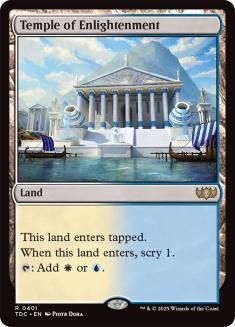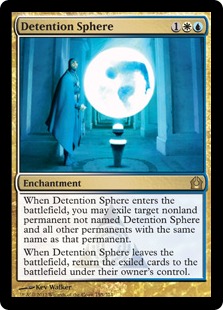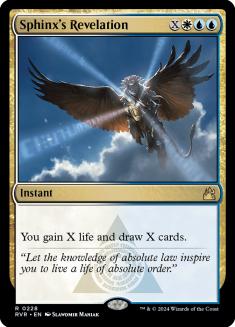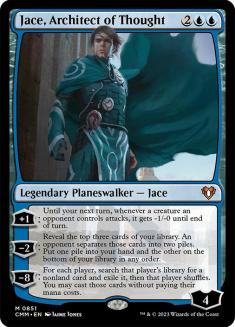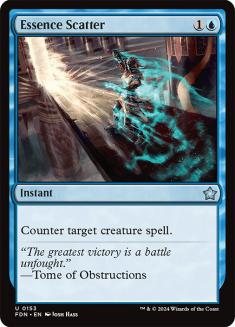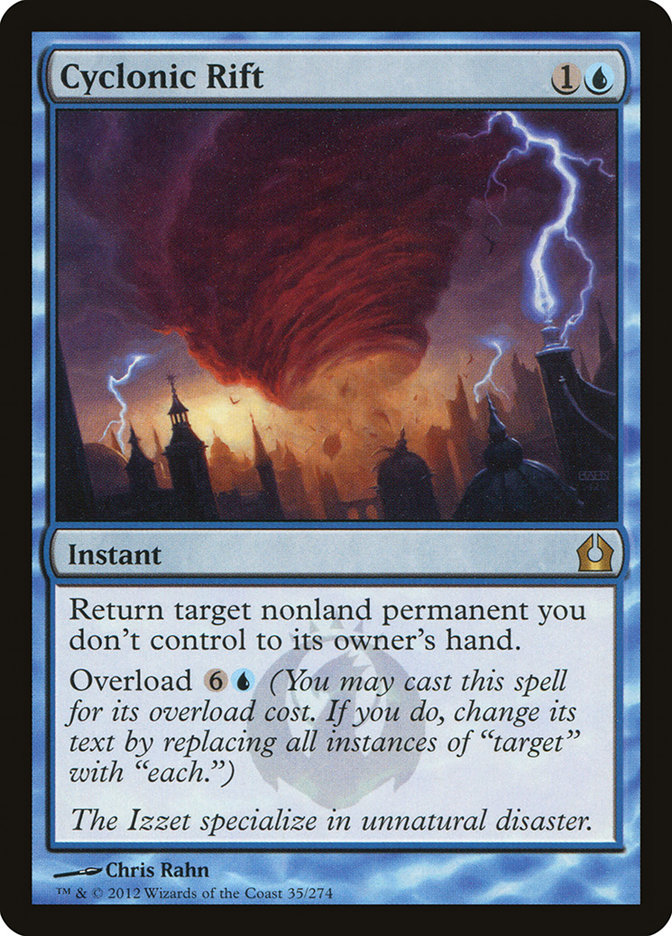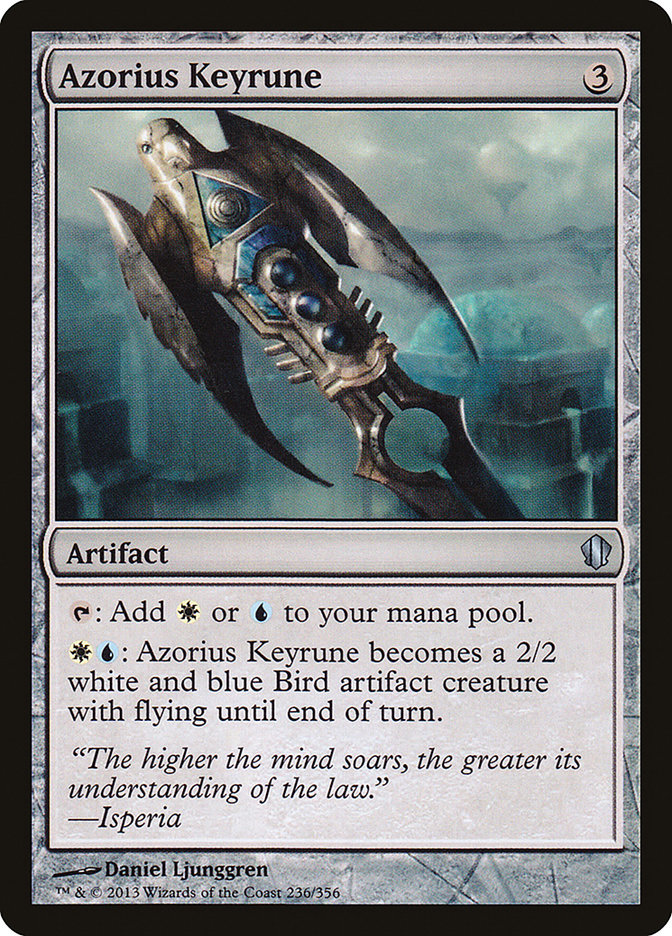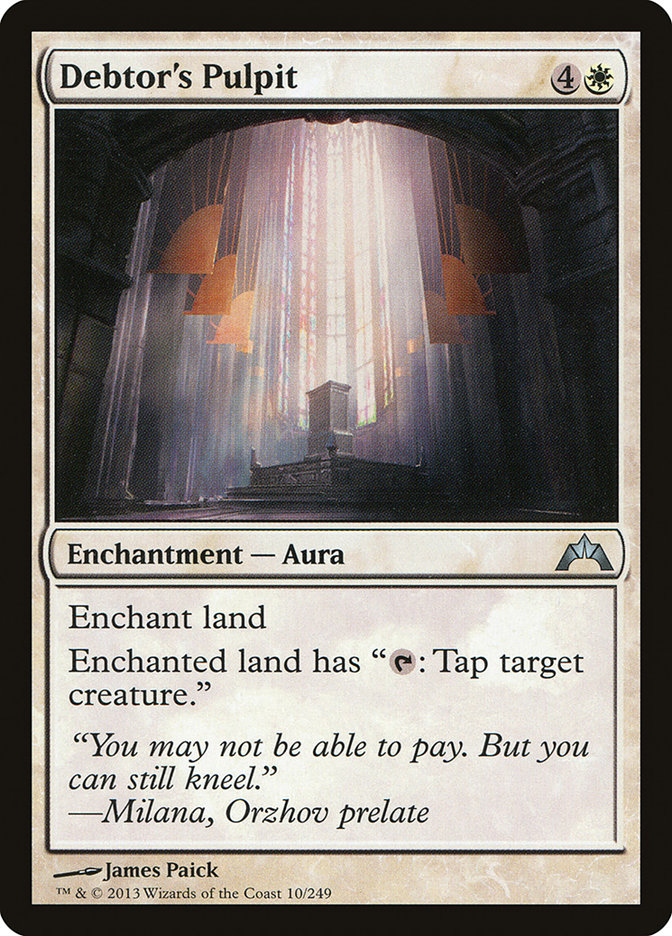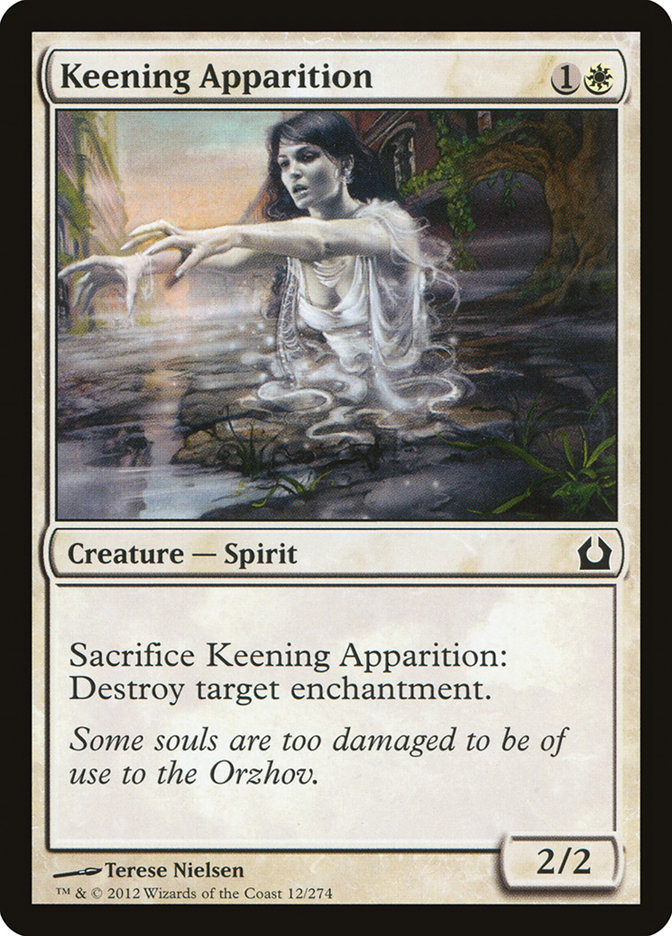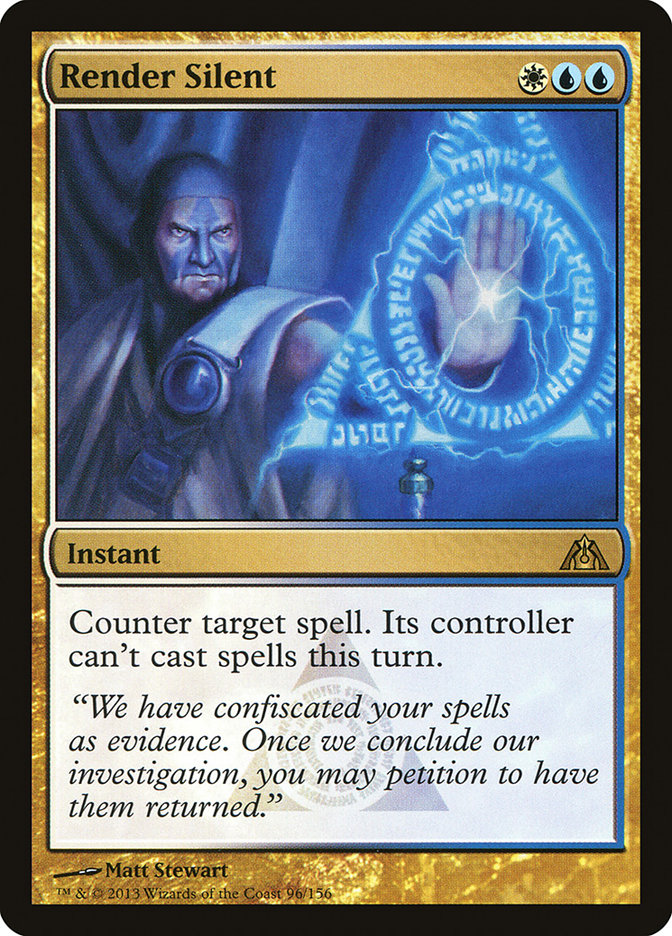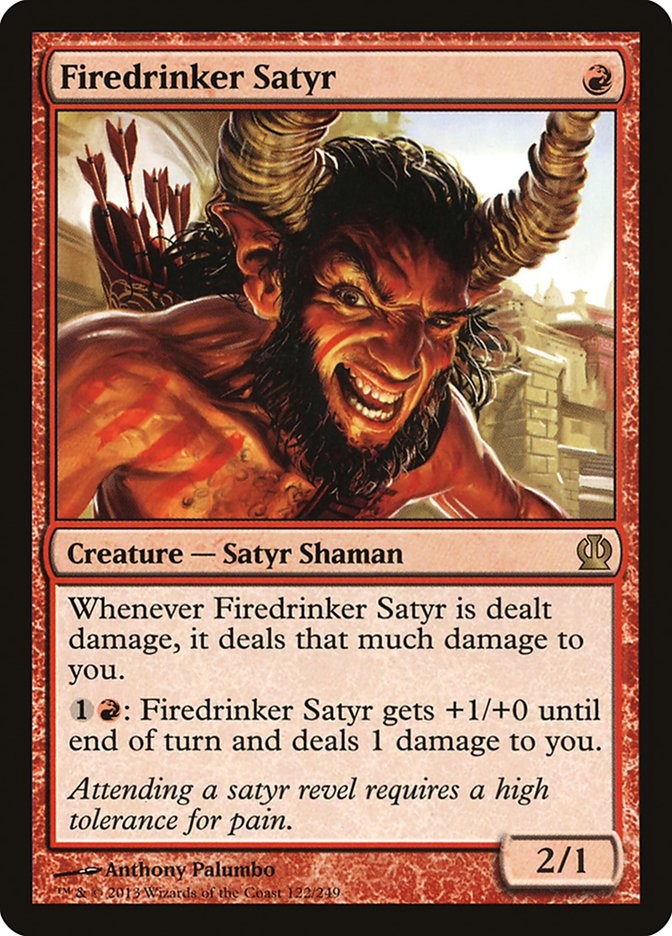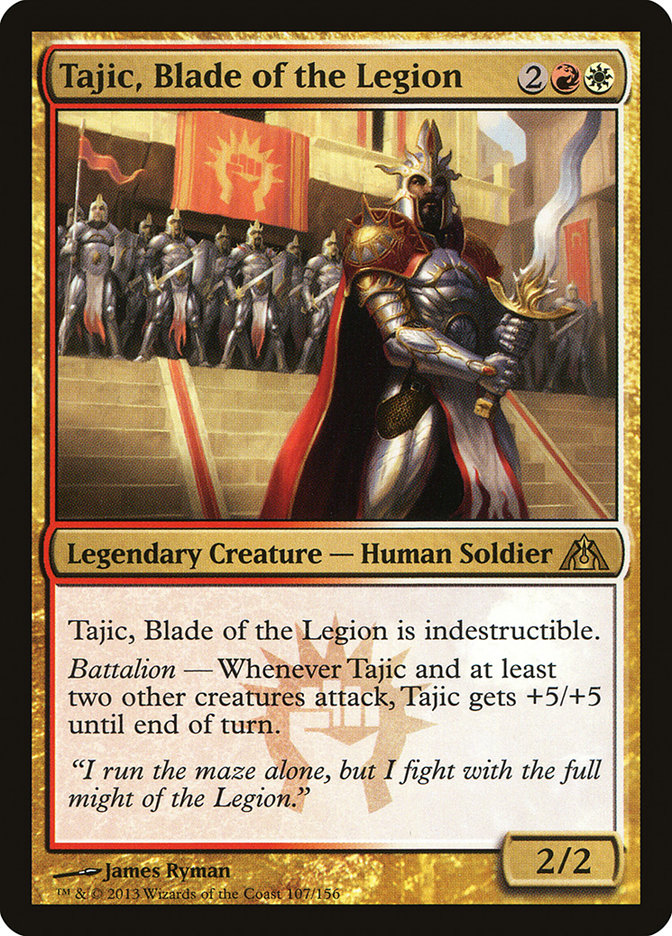This past weekend I played U/W Control at Grand Prix Cincinnati. I absolutely loved the deck, and I’ve been on a tear with it the last few months. In the end, I finished in 50th place at 11-4, which earned me a lot of congratulations from friends and fans but was nonetheless a finish that I personally found disappointing.
Here was my path to that finish:
Round 3: L 0-2 vs. G/R Monsters
Round 4: W 2-0 vs. Jund Monsters
Round 5: W 2-0 vs. Esper Control (Paulo Vitor Damo da Rosa’s version)
Round 6: W 2-0 vs. Esper Control (William Jensen’s version)
Round 7: W 2-1 vs. Naya Aggro
Round 8: W 2-0 vs. B/W Midrange
Round 9: W 2-0 vs. B/W Midrange
Round 10: W 2-0 vs. U/W Devotion
Round 11: L 0-2 vs. B/R Devotion (Eric Froehlich)
Round 12: L 1-2 vs. Mono-Blue Devotion
Round 13: W 2-0 vs. B/W Midrange (Joe Bernal)
Round 14: W 2-1 vs. Mono-Blue Devotion
Round 15: L 1-2 vs. Mono-Black Devotion
I went 11-4 in matches and 20-10 in games.
Some of those losses were pretty heartbreaking. Starting the tournament with a loss after my byes was one of those moments. My opening hand in that first game I remember very clearly:
I didn’t see a fourth land until turn 6 despite drawing a Divination, and by then I was too far behind.
It reminded me of something that Bob Maher recently told me. The problem with the current Standard control decks is that they actually need to get to that mana and so many other decks in the format can function on so much less. There will be games that you just lose because you get stuck for even a moment.
When I thought about my four losses, I remained very happy with the deck, and it’s absolutely something I’d play again. Other than versus David Ochoa/Froehlich’s aggressively anti-control version of black devotion (splashing red for maindeck Rakdos Return and also including maindeck Whip of Erebos and Erebos, God of the Dead and sideboarding Slaughter Games and Sire of Insanity), I felt like all of the black-based midrange decks were really great matchups. My loss in the final round to Mono-Black Devotion was to Notion Thief, which though it never stole any cards certainly blanked all of the great card draw I had in my hand while I hoped to find an answer.
Here is the current version of the deck:
Creatures (1)
Planeswalkers (5)
Lands (26)
Spells (28)

This is only barely different than the deck I played at the SCG Standard Open in Nashville. I’d play it again in a heartbeat if I were able to make it to the SCG Invitational in Charlotte this weekend.
This is a pretty straightforward deck. Of course, there are some unusual cards in the deck that people keep asking about, so I’ll address them.
This is an Azorius deck. When you’re only working with blue and white, you end up not having the access to certain powerful black removal. In a deck like this, at the very worst Disperse and Cyclonic Rift can act as a weak kind of removal.
Of course, it is both more complicated and better than that. If you’ve been playing these kinds of decks a lot, one of the things you probably already know is that this kind of deck discards quite often. Simply put, between Jace, Architect of Thought; Sphinx’s Revelation; and Divination, you fill up on cards quite easily, and when the deck is working, you get to the point where you actually just end up with too many cards, so you lose them. Tossing away a card for a bounce spell doesn’t really feel like it costs that much in a deck like this.
The first of the cards of this kind that I used in the deck was Disperse. Of the two, Disperse is actually the better card. You end up bouncing so many of your own permanents that it really matters. Whether it is bouncing your own planeswalker to save it from an attack or removal or just bouncing a Detention Sphere before you cast Supreme Verdict, you get a lot of action out of being able to bounce your own permanents. The act of doing the “timing trick” of Disperse and Detention Sphere makes it feel like you have five copies of Detention Sphere, where you target their permanent and then bounce the Sphere in response to the remove effect, permanently getting rid of their card and keeping the Sphere. It’s pretty great.
After I played with this for awhile, I ended up adding in a Cyclonic Rift as a “bad” Disperse. The reason I didn’t end up playing a second Disperse is that there are real diminishing returns on Disperse, but even though it isn’t as versatile, the raw power of Cyclonic Rift as a means to bounce everything nonland from your opponent ends up making the card the better “second” Disperse. Especially in an Elixir of Immortality deck, having these singletons can make a real difference.
In the control matchup, both of these cards are really quite excellent. Whether it’s getting rid of a planeswalker that hit the table or returning a Detention Sphere, often the opponent is full handed already, which makes the card into a kind of Recoil. Even without them having a full hand, though, recreating the moment for the counterspell war can be huge or even just freeing up your Jace. Oftentimes when you free your Jace, they already have one in play, so if they want to remove yours, they will have to get rid of both. The sheer versatility of these cards makes me incredibly happy to play them both.
This card is just incredible.
After SCG Standard Open: St. Louis, I toyed with the idea of moving up to 27 lands from 26. Most of the other control decks had already made that move, and many times (as Maher said) about the only thing that you might lose to is yourself and the inability to hit your mana.
At the same time even when I ran the full eight Temples, I also found myself flooding. I tried making the card the fourth Mutavault, and that was okay but not really a slam dunk. On a lark I tried out the card as a single Azorius Keyrune, and I just never looked back.
In so many matchups just having another Mutavault effect is huge, but it also having evasion really matters. Azorius Keyrune can fly over Satyrs on the way to killing a Xenagos, the Reveler or do the same thing to take out a Jace, Architect of Thought hopping over opposing Mutavault. Specifically in the control matchup, it’s an incredible weapon, sometimes allowing you two “land” drops late in the game and rarely able to be punished in any meaningful way as an early play as long as you don’t foolishly let casting it bring your guard down at the wrong time.
I heartily recommend one copy. The real costs of the card mean that a second copy is probably asking too much, but depending on your mana base, Sphinx’s Revelation decks should probably be playing either this or Dimir Keyrune
This sideboard card is just incredible. For a lot of decks, after game 1 their game plan ends up playing single threats with the expectation that they’ll minimize the power of Supreme Verdict. This card says “no” to that plan, forcing them to overcommit again and again.
This card really gained a lot of notice as one of the only permanent answers to an Aetherling that doesn’t turn off your own Aetherling. I remember seeing it in the sideboard of some successful decks at the end of 2013, and after I put it in my own deck, its performance has been so good that I’ve continued to be very happy with it. I’ve even boarded it in against Maze’s End as a hedge against a possible Aetherling, counting it as just a different dead card than another dead card would have been should they not board an alternate win condition in.
Keening Apparition is a card in the sideboard that I’ve occasionally toyed with going up to two copies. While it doesn’t have Revoke Existence’s ability to clear out a God (you’ll have to use Detention Sphere or bounce), it also can just block and kill a creature when there isn’t a God around. In many matchups, just having a creature with the “kill any enchantment” upside is all that you’re really looking for, particularly in a world where Mutavault can often manage to take care of the last bits of damage.
In addition, the ability to shift to the beatdown hasn’t been trivial. Between three copies of Mutavault, one Azorius Keyrune, and a Keening Apparition, even in matchups where you aren’t intending to start attacking, sometimes your draw versus your opponent’s draw just gives you the opportunity to start attacking for four at a very early part of the game, and even if you have to stop being on the attack because circumstances change, that access to damage has been very valuable.
This card started as an experiment, and like the others that are in my build, it went well. Having another hard counter is great, but particularly having a hard counter that can stop a player’s whole turn is huge. More than a few times I’ve made an opponent’s Duress or Thoughtseize that much worse and made the test spell from a Monsters deck become the only spell they have that turn. It can be devastating in the control mirror, where late in the game a Render Silent can force a counterspell war that they weren’t prepared to fight. I would run more, but the mana requirements for the spell aren’t something you can ignore.
If you’re looking for a control deck, I really think that this is a great option. Despite the existence of Thoughtseize in Esper Control decks like Kyle Boggemes’ list that won Grand Prix Cincinnati, being an Elixir of Immortality deck makes the control matchup feel very good. In the case of his build, you’ll have to respect the potential problem that a Nightveil Specter can present and not sideboard out all of your removal, but that isn’t the end of the world, even if it isn’t exciting. Versus the majority of the rest of the field, it generally feels like you have a huge edge, as Sphinx’s Revelation can let you bury anyone if you aren’t already on the ropes.
However, if you’re like a lot of people at Cincinnati, you’re disappointed in me for not slinging fire at people’s faces. If that’s the case, then perhaps what you’re looking for is something a bit more aggressive.
Here is my current build of an aggressive red deck, splashing white mostly for Boros Charm:
Creatures (23)
- 4 Chandra's Phoenix
- 4 Ash Zealot
- 4 Rakdos Cackler
- 4 Boros Reckoner
- 1 Tajic, Blade of the Legion
- 4 Stormbreath Dragon
- 2 Firedrinker Satyr
Planeswalkers (2)
Lands (25)
Spells (10)
Sideboard

Astute readers will recognize this as an update to the deck I won a $5K with in Chicago recently and made Top 4 with at SCG Standard Open: Milwaukee last year. The deck is one I’ve been working on for some time with friend Ronny Serio, and it’s an adaptation of a deck that he and Adam Jansen played at Pro Tour Theros. I’ve been having a great deal of success with it on Magic Online. The only reason that I haven’t been playing this deck in tournaments in the real world is that I’m just having that much more success with U/W Control.
There are many ways in which this deck might remind you of the so-called R/W Burn deck that has sprung up since SCG Standard Open: Seattle. They are in many ways cousins to each other. This deck is much more willing to commit more to the board since it only has eight burn spells that can be directed to the opponent’s face in game 1.
The biggest change to the deck is the splitting up of the four copies of Firedrinker Satyr that used to be in the main into a two-two split between main and board. While Firedrinker Satyr is an incredible card in a world of Esper Control, it begins to look at lot more suspect in a world of Monsters and Burn. Should those decks get more or less popular, the number of Firedrinker Satyr could be modified based on your specific metagame. Right now I think that the correct number of Firedrinker Satyr is two in the main, but I could see it being only a single copy (making it the “fifth” Rakdos Cackler), exchanging it for a Mizzium Mortars. If you are in a particularly Esper-heavy area, you could cut a Boros Reckoner to the sideboard in favor of a third Firedrinker Satyr.
This is the real eyebrow-raising card in the list, but when you think about it, it makes a lot of sense. Versus all of the more aggressive decks, Tajic, Blade of the Legion can hold the fort against anything without trample. Black devotion decks initially jumped on the Bile Blight bandwagon, but many of those decks are reducing their numbers of the card. And even if they haven’t, they have plenty of other cards to aim at. Control decks are in a similar position, often having answers to a Tajic in their list, but those answers have so many other targets to be thinking about that he often ends up dodging them just because he comes to the table a few turns later.
The really incredible thing about Tajic, Blade of the Legion is that it is very easy to get the card to trigger and go huge. Between a large number of haste creatures and Mutavault, Tajic is a 7/7 more often than you’d ever expect. This is great when you’re trying to either close out a game or shift from defense to offense. A creature-based opponent can sometimes shift this deck to the defensive, but a single Tajic can make it very hard for them to attack because it will demand that they commit more to the attack to make it “successful.” If they don’t kill you, your counterattack will clearly be devastating.
I used to have this card in the sideboard of the deck. It’s been promoted to the maindeck largely because the rise of Monsters and Esper have made the role that it plays all the more valuable. Consider demoting it to the board if these decks aren’t popular in your area.
I’m taking a weekend off from Magic, but you can expect to see me playing one of these two decks at SCG Standard Open: Milwaukee. Unless something radical happens to the metagame, I’m pretty sure that I won’t change a single card, but we’ll have to wait until after the SCG Invitational in Charlotte to see. I wish I could be there, but I’ll be cheering on everyone from home. If you’re playing at the event, either of these decks would give you a great chance to do very well there. If I could have made the trip, I’d definitely be playing one of these two decks.


